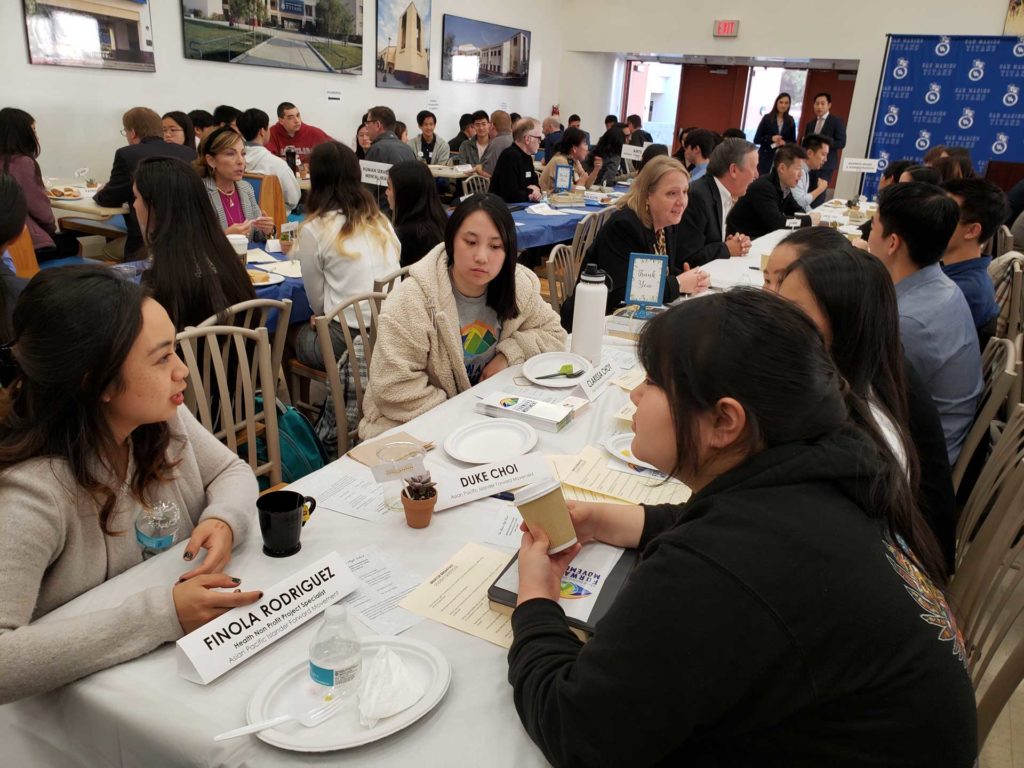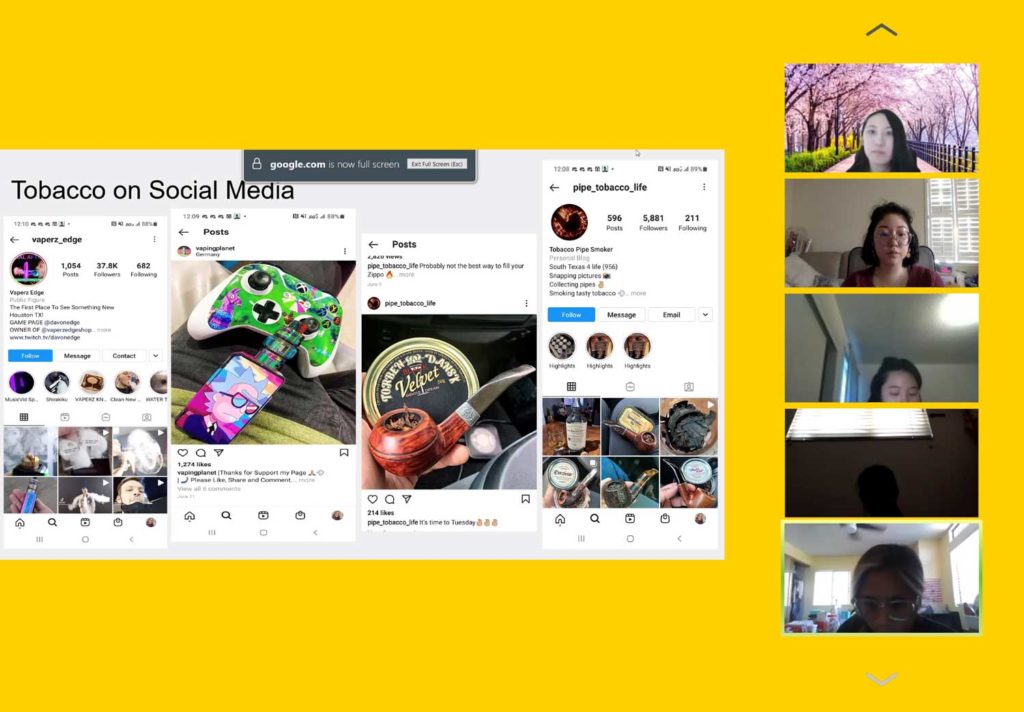ToP Team


Since 2019, SSG/APIFM has participated in health policy and prevention efforts to address tobacco use and secondhand smoke. APIs are also underrepresented in tobacco control research, particularly young adults, who have among the highest tobacco use in the country. Currently, APIFM is participating in a community-based participatory research project called CAPITALISE (Community API Tobacco Analysis Leading to Intervention Supporting Equity), in partnership with UCLA, UCI, USC, Cedars-Sinai, and Pacific Asian Counseling Services. CAPITALISE is funded by the Tobacco-Related Disease Research Program and seeks to understand if current funding is aligned with the needs of culturally relevant tobacco control programs in communities with the greatest needs and how they can be optimized for the greatest risk reductions. The goal of the CAPITALISE project is to inform the allocation of funding and services for community organizations and local lead agencies in Los Angeles and Orange counties through input from community members who understand the public health needs of the API communities that are sometimes overlooked in tobacco control work.
APIFM’s tobacco prevention campaign raised awareness of tobacco use and its health effects with a particular focus on vaping. The use of vaping and e-cigarettes has become an emerging public health concern nationwide. Recent studies show that more than 30 percent of Los Angeles County high school students have tried e-cigarette products, and about 10 percent regularly use them. We engaged with local youth in our awareness campaign to educate and inform them on addressing tobacco use in their schools and their community through educational presentations, one-on-one meetings, and participation in city-sponsored events and activities.

E-cigarettes can contain nicotine, THC (tetrahydrocannabinol is the psychoactive element in marijuana), and other harmful substances that are highly addictive and can harm adolescent brain development. Due to the design, vape devices and e-cigarettes are often undetected at home by parents because of the dissipating aerosol from the product leaving only a faint, lingering scent in the air. There is a need for people to understand that e-cigarettes are potentially harmful to one’s health. Like traditional cigarettes, e-cigarette users expose themselves to potentially harmful chemicals. How these substances affect the body over the long term is not entirely understood yet.
A list of multimedia educational resources are included below to help you learn more and take action. Please contact Duke Choi at info@apifm.org with any questions about ToP.
Multimedia Resources
True Cost of Tobacco
Secondhand Smoke
Secondhand Smoke Policy
Vape Infographic



